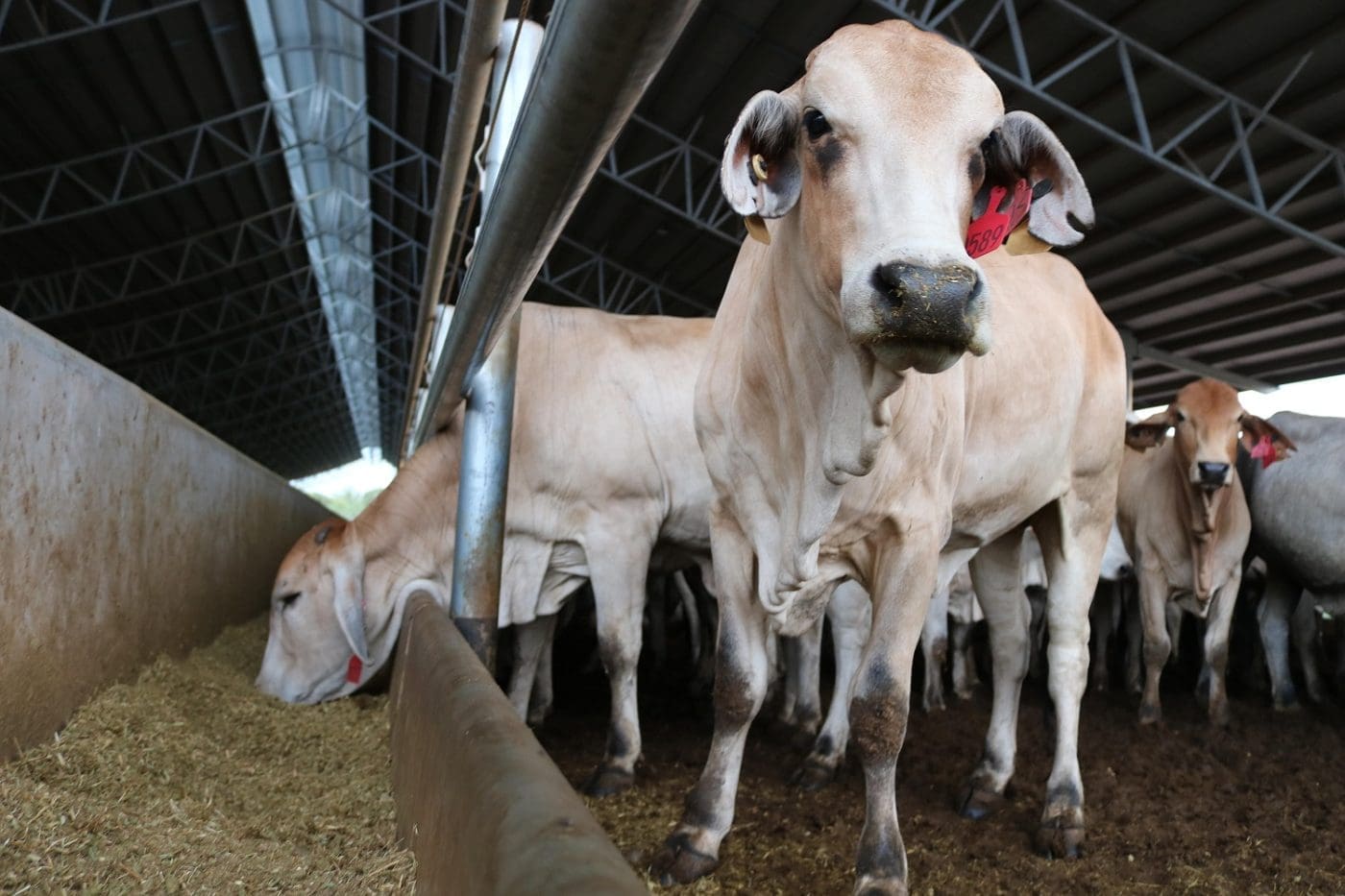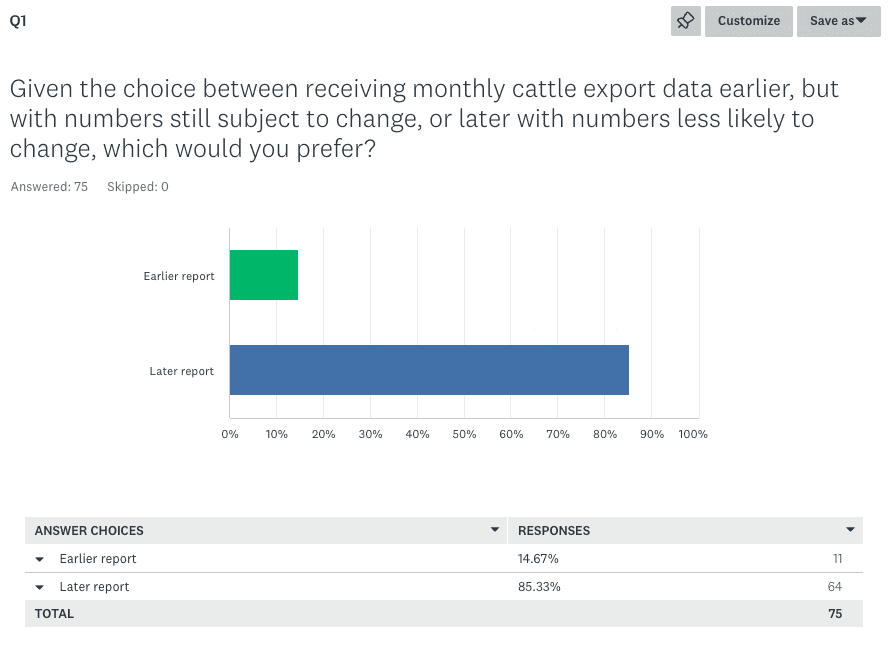
Australian cattle on feed at Berrimah.
FINAL cattle export figures for May 2023 have been confirmed by the Department of Agriculture following a couple of false-starts earlier this month.
Earlier versions of official livestock export data for May 2023 released by DAFF initially suggested Australia exported 49,998 cattle for the month.
When Beef Central raised questions about that figure, suggesting it appeared to be short by about 10,000 head which were exported from Darwin in the final week of the month, a revised report was posted by DAFF to its website a few days later.
However, that report seemed to over-correct and dramatically over report the likely numbers for May.
It suggested over 108,000 head had been exported for the month.
If true, that would have represented the biggest monthly level of cattle export trade for three years, a surprising result given the subdued nature of prevailing levels of demand for Australian cattle from the major markets of Indonesia and Vietnam.
Closer analysis of the revised figures indicated that the 108,000 monthly total had been artificially inflated by the erroneous inclusion of several duplicated entries.
After further queries to the Department, a third update was released yesterday, this time with numbers that appear to match individual port data and known exporter activity far more closely.
Updated numbers for May
It took a few goes but it seems the correct numbers are now there, showing that a total of 62,735 cattle were exported from Australia for the month, 31 percent below the average for May over the past five years.
Of that number, 34,446 cattle were exported to Indonesia (30pc below the five-year average for May) and 10,551 to Vietnam (47pc below the five-year average).
Trade in dairy cattle from the ports of Portland and Fremantle to China also continued a downward trend so far in 2023 in May, with numbers totalling 6981, 48pc below the five-year average to China for May.
With demand from Indonesia and Vietnam yet to mount a full recovery from Covid and local over-supply brought by FMD outbreaks and cheap imported beef from other sources, exporters have been seeking opportunities for Australian cattle to a wide range of markets, reflected in the diversity of destinations to which Australian cattle were shipped in May.
These comprised Israel (4852 head), the Philippines (3804 head), Brunei (800 head), Malaysia (579 head), UAE (322 head), Kuwait (310 head) and Bangladesh (30 head of breeding cattle air freighted from Sydney).
Exports from the Port of Darwin in May totalled 23,032 head, followed by Townsville with 16,354 head, Broome (8096 head), Fremantle (6893) and Portland (5582 head).
Sooner or later?
A DAFF spokesperson told Beef Central yesterday that the Department had become “aware that there was an error for this reporting period. This error has now been rectified and the updated data has been published”.
May was not the first month this year in which initial monthly numbers reported by DAFF were incorrect, and subsequently adjusted without clear notice in later reports.
As we reported in an earlier article on June 7, the export numbers initially reported by DAFF for the months of February and April were 10,431 head and 13,945 head below the final figures that now appear in DAFF reports for those months.
In response to questions around the discrepancies that have appeared this year, a DAFF statement said that sometimes its monthly reports do not capture vessels that leave towards the end of a month and/or have complex reporting requirements (e.g. multiple exporters, multiple species, multiple classes, multiple destinations) that mean those shipments fall outside the reporting window for that month.
“As it is not always possible to delay national reporting for these voyages, the data on the department’s website is updated once the missing data is available,” a statement said.
Poll results
Given a choice between getting numbers earlier, but possibly not complete, and getting them later, but more likely to be accurate, what would industry prefer?
We asked that question in a poll with our June 7 article.
Like any online poll the results cannot be taken as definitive because it was open to all readers of the article and may have included people who were not livestock export industry stakeholders.
But, that qualifier aside, for what it is worth the poll pointed to a strong preference for reports being released later with more complete data.
The poll was open for 48 hours and of the 75 or so responses, over 85 percent opted for later, more complete data, versus earlier, potentially incomplete data.

